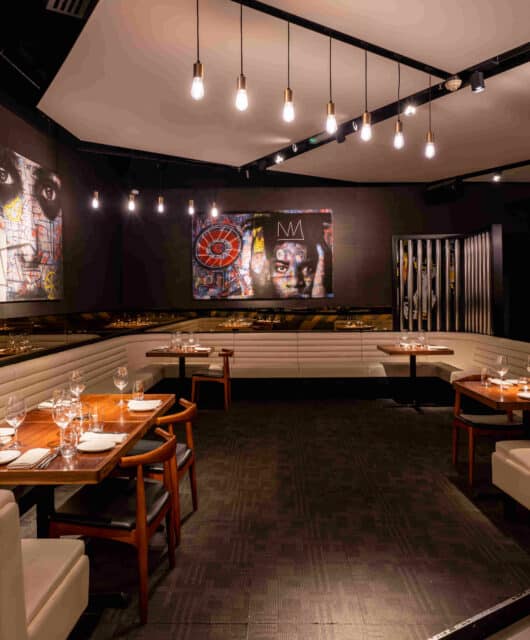European businesses look to create new workplace strategies in response to COVID-19
 Over half (51%) of businesses surveyed from across Europe are looking to implement a new workplace strategy in response to COVID-19, according to the latest research from Knight Frank’s Strategic Consultancy team. The EMEA re-occupancy research findings taken in June, which represented almost 1,000 business operations across 34 countries in Europe, has highlighted the changing approaches to the future of the workplace.
Over half (51%) of businesses surveyed from across Europe are looking to implement a new workplace strategy in response to COVID-19, according to the latest research from Knight Frank’s Strategic Consultancy team. The EMEA re-occupancy research findings taken in June, which represented almost 1,000 business operations across 34 countries in Europe, has highlighted the changing approaches to the future of the workplace.
11% of respondents identified that they would require more space to accommodate social distancing, and only 8% are considering relocating to cheaper sub-markets for space.
Whilst COVID-19 is believed to have had a significant economic impact on 59% of businesses in the short term, in the medium-term 63% of respondents determined that it would have a marginal to no impact, showing signs of expected V-shape recovery.
P P Varghese, Head of Real Estate Strategy & Consulting at Knight Frank, said: “As businesses in the region begin to emerge from the lockdown, lessons learned while working from home will increasingly seep into the new workplace strategies being implemented. This is a period of experimentation and assessment of what works for various organisations and will inform the workplace of the future. As we continue to work closely with our clients to address this important topic, we have seen that whilst the overall demand for space is anticipated to reduce, there is an expectation that the workplace requirement will be for better, higher quality and less dense spaces, alongside a consideration of how people could work better, closer to home. The workplace of the future is expected to be focused on providing a higher level of experience for employees. Collaborative environments will need to be blended with increased use of technology to enable seamless working.”
Mass working from home has had widespread impacts on the workplace of the future with 38% of businesses surveyed interested in an increased amount of collaborative space. Furthermore, a third of respondents (33%) believe that the demand for addressing the design and specification of offices is expected to grow, in light of changing office sentiment and uses.







